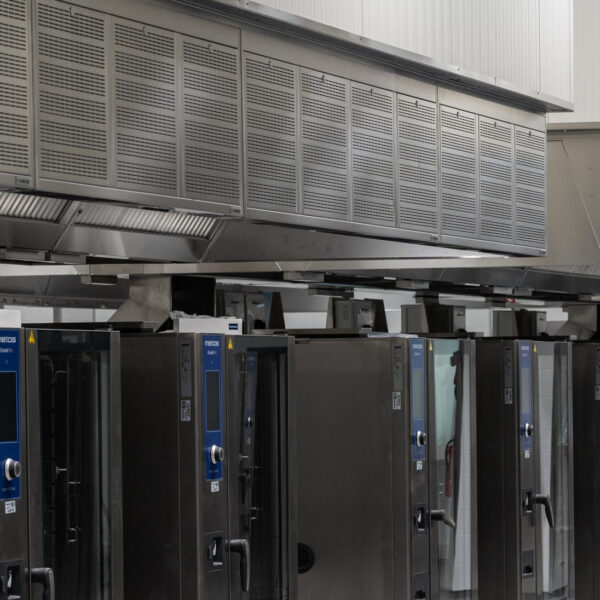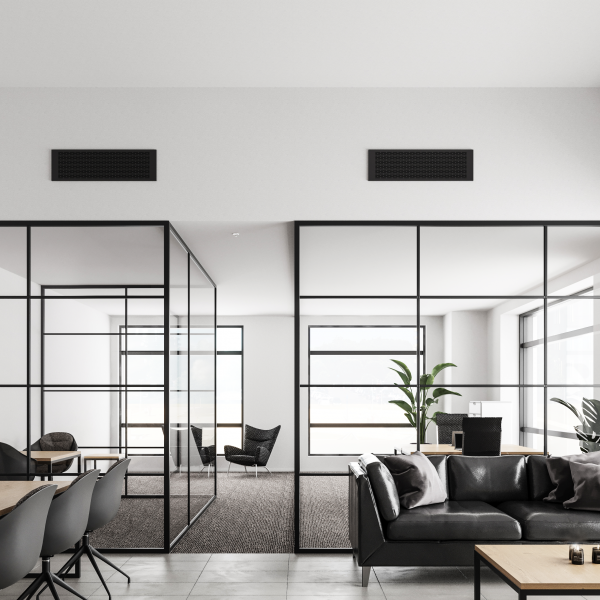Why Does This Matter to You?
-
Financing and bidding competition: Builders may receive more favorable financing if the project meets taxonomy requirements. This can also influence the conditions and requirements in bidding competitions.
-
Materials and Equipment: Designers and contractors play a key role in selecting products with provably lower environmental impacts. Verification tools include, for example, Environmental Product Declarations (EPDs), which provide reliable, comprehensive summaries of a product’s life-cycle assessment.
-
Reporting Obligations: More and more clients require that project environmental data be reported according to the taxonomy – this also applies to HVAC systems and their energy performance.
The Six Environmental Objectives of the EU Taxonomy
To be considered taxonomy-aligned, a construction project must contribute to at least one of the following objectives:
- Climate change mitigation – improving energy efficiency, low-emission solutions
- Climate change adaptation – systems that withstand extreme weather conditions
- Sustainable use and protection of water and marine resources – optimizing water consumption
- Transition to a circular economy – using materials that can be dismantled and recycled
- Pollution prevention and control – low-emission refrigerants and materials
- Protection and restoration of biodiversity and ecosystems – construction that does not harm ecosystems
Taxonomy compliance is assessed by determining whether the project makes a substantial contribution to at least one environmental objective, does not cause significant harm to any of the others, and meets minimum social safeguards.
In short: The taxonomy helps win bidding competitions, secure financing, and promote sustainable construction
Taxonomy compliance is not just paperwork – it can influence design solutions, equipment choices, and even construction methods. By addressing these requirements early in the design phase, you can deliver more competitive outcomes that meet future financing and reporting demands.


